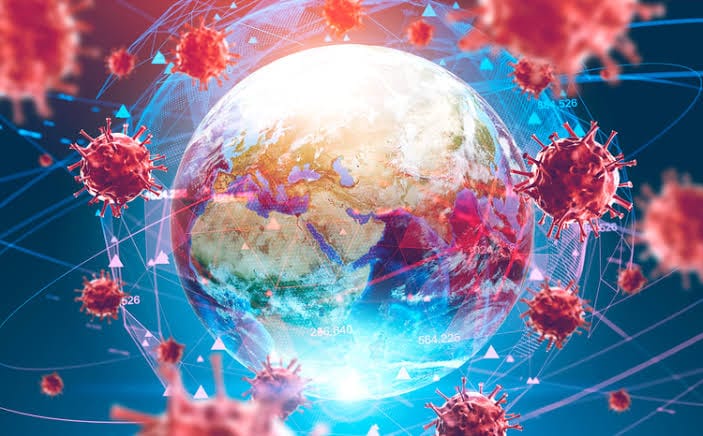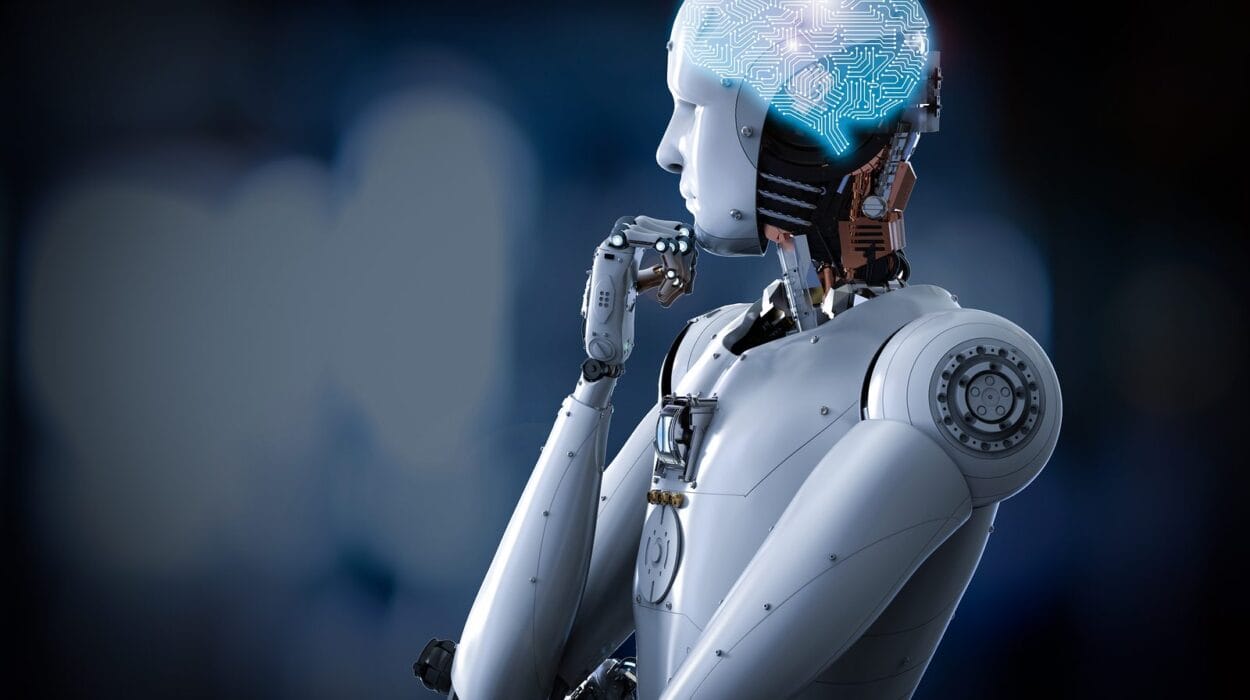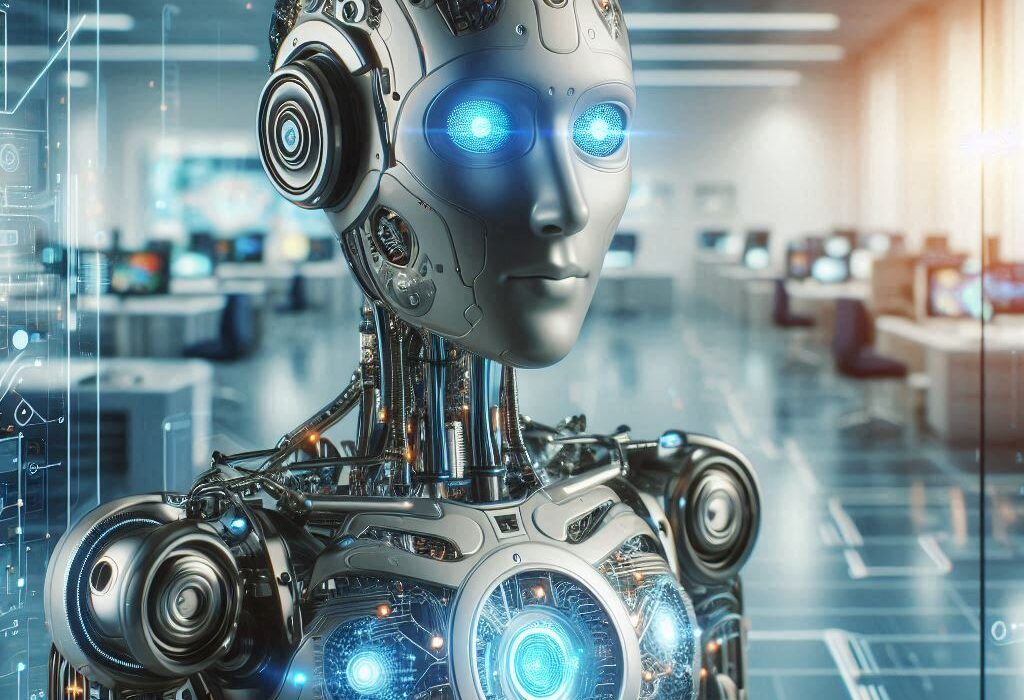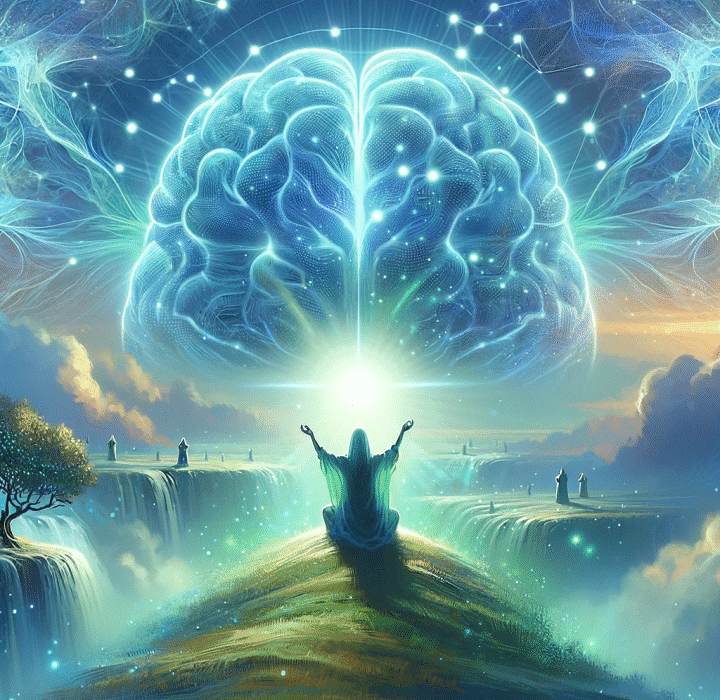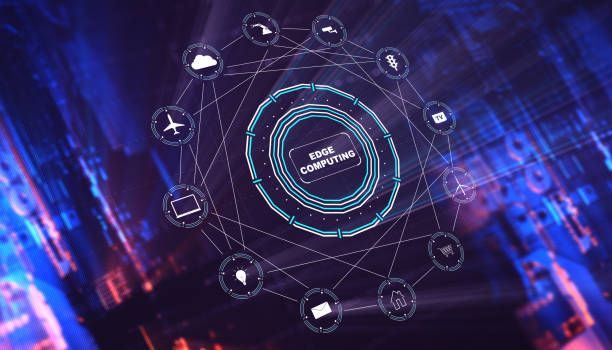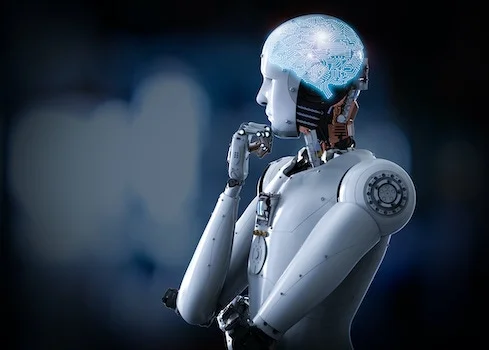The year 2020 carved its place in human memory not merely as a time of disruption, but as a point of irreversible transformation. It was a reminder that despite our advancements in medicine, science, and global communication, a microscopic virus could still grind civilization to a halt. COVID-19 swept across borders and ideologies alike, laying bare the vulnerabilities of modern healthcare, the fragility of global supply chains, and the urgent need for proactive, not reactive, public health strategies.
But alongside human tragedy, there was also another story—a quieter one. Behind the scenes, in hospitals and labs and data centers around the globe, artificial intelligence was watching. It was scanning genomes, analyzing lung images, predicting outbreaks, coordinating logistics, and modeling transmission. AI didn’t replace doctors, scientists, or policymakers—but it became their indispensable ally.
Now, as humanity begins to rebuild, we face a question that is no longer science fiction: Can artificial intelligence stop the next pandemic before it starts?
The Race Against Time
In the early days of an outbreak, every moment counts. A virus doesn’t wait for bureaucracy, and it certainly doesn’t care about international borders. What makes pandemics particularly dangerous isn’t just the pathogen—it’s the delay in recognizing its spread, the lag in testing, the hesitance of political systems, and the inertia of global health infrastructure.
AI, however, does not sleep. It doesn’t get overwhelmed or intimidated by the volume of data. Unlike traditional disease surveillance, which relies heavily on human reporting and manual investigation, AI can monitor news articles, social media posts, satellite imagery, hospital records, airline patterns, and genetic data in real time.
In fact, it already did. On December 30, 2019—days before the World Health Organization issued its first statement about COVID-19—a Canadian AI company called BlueDot had already flagged an unusual cluster of pneumonia cases in Wuhan. Its algorithms processed over 100,000 articles in 65 languages daily, looking for patterns no human could track alone. It predicted not only the outbreak but also its possible paths of international spread based on flight data.
It wasn’t magic. It was machine learning, powered by big data and pattern recognition. And it showed us something profound: AI can see what we miss. But what would happen if we didn’t just react faster—what if we could predict and prevent the next pandemic entirely?
From Prediction to Prevention
To stop a pandemic, early detection is only the first step. The real challenge lies in containment, treatment, and long-term prevention. AI’s strength lies not in replacing human decision-making, but in enhancing it with speed, scale, and accuracy. That makes it a powerful tool in nearly every phase of pandemic defense.
Imagine a system where global AI networks are trained on historical outbreak data, pathogen evolution, animal migration patterns, urban density, and even climate change. These models could identify high-risk zones—regions where zoonotic spillover (the jump of viruses from animals to humans) is most likely. They could simulate how a virus might mutate and how such mutations would affect transmission or vaccine efficacy. They could help epidemiologists predict the conditions under which a virus might jump species.
AI can’t stop a bat from biting a farmer. But it might flag the area where that event is most likely to occur, guide local health officials to preemptively strengthen surveillance, and suggest what viruses to look out for in wildlife populations. This is the frontier of “predictive epidemiology,” and AI is pushing its boundaries.
The Genomic Revolution
At the heart of every pandemic lies the virus itself—an invisible invader encoded in strands of RNA or DNA. In past decades, sequencing a virus’s genome could take months and cost millions. Today, thanks to rapid sequencing technologies and AI-powered bioinformatics, it can take mere hours.
AI excels at analyzing genomic data. When SARS-CoV-2 emerged, researchers quickly uploaded its genetic sequence to global databases. AI tools sprang into action, identifying mutations, tracking variants, and helping researchers understand which parts of the virus were stable and which were prone to change. These insights were crucial in designing vaccines and treatments.
Deep learning models have even been used to simulate how the virus’s spike protein interacts with human cells, allowing drug developers to test the effects of thousands of compounds in silico—on a computer—before ever stepping into a lab. This accelerated drug discovery process dramatically reduces time and cost, which is vital when the clock is ticking and lives are on the line.
Perhaps most compellingly, AI can now help create synthetic vaccines. By modeling how the immune system responds to different viral structures, AI can suggest optimal antigens—the parts of the virus that vaccines train the body to recognize. Moderna, whose mRNA vaccine became a household name, used machine learning to streamline its vaccine design, testing, and rollout.
Diagnosing at the Speed of Thought
Another battlefield in a pandemic is diagnosis. Quick, accurate testing is essential to identify cases, isolate patients, and trace contacts. But traditional testing infrastructure often collapses under pressure, particularly in low-resource areas. Here, AI offers not just acceleration, but equity.
During COVID-19, several AI models were trained to detect signs of the disease from chest X-rays and CT scans. These models could distinguish between COVID and other types of pneumonia with impressive accuracy. In remote clinics without radiologists, such tools were invaluable. Smartphone apps equipped with AI diagnostic capabilities allowed healthcare workers to triage patients, monitor symptoms, and direct care with limited resources.
Beyond imaging, AI-powered wearables and mobile applications began detecting changes in respiratory rate, oxygen saturation, or body temperature—sometimes before symptoms appeared. Devices like the Oura Ring and Fitbit were found to flag illness days before diagnosis. While not a replacement for medical tests, these tools hint at a future where AI might identify outbreaks before patients even walk into a clinic.
Fighting the Infodemic
Viruses aren’t the only things that spread. During a pandemic, misinformation can be just as dangerous. False cures, vaccine conspiracy theories, anti-science rhetoric—they travel faster than any pathogen, undermining public health efforts and sowing distrust.
AI plays a complex role in this domain. On one hand, social media platforms use AI to identify and suppress misinformation, detect bot activity, and highlight reliable information. Natural language processing (NLP) models scan millions of posts daily to flag dangerous content.
But AI also powers the very algorithms that can amplify sensational or misleading content for engagement. This dual role raises ethical questions: How do we build AI that promotes truth without censoring legitimate dissent? How do we ensure transparency and accountability?
The solution lies not just in better AI but in better governance of AI. Systems must be trained on diverse, accurate datasets. They must be overseen by interdisciplinary teams—epidemiologists, ethicists, engineers, and community leaders. Public trust is a fragile thing, and in the battle against both pandemics and misinformation, it may be our most vital weapon.
Logistics, Supply Chains, and Human Decisions
Pandemics expose the strain points of global supply chains. Personal protective equipment, ventilators, test kits, vaccines—all must move swiftly to where they are needed most. Delays can cost lives.
AI has already proven itself a master of optimization. Logistics companies use machine learning to predict demand spikes, reroute deliveries, and avoid bottlenecks. Governments have employed AI to forecast ICU bed needs, oxygen shortages, and even civil unrest.
In vaccination campaigns, AI can identify high-risk populations, predict no-show rates at clinics, and optimize delivery routes for rural immunization. These logistical gains translate directly into saved lives. The ability to make a million small decisions better, faster, and more adaptively is AI’s quiet superpower.
Yet, behind every AI recommendation is a human decision. Whether it’s allocating resources, enforcing quarantines, or prioritizing treatments, the ethical dimensions are vast. Who gets the last ICU bed? Who receives the first dose of a scarce vaccine? These choices must be guided not just by algorithms but by values.
A Double-Edged Sword
Artificial intelligence holds immense promise, but it is not a silver bullet. It reflects the data it’s trained on, and if that data is biased, the AI will be too. In 2020, several models showed poorer diagnostic accuracy for patients of color due to underrepresentation in training datasets. Without careful design, AI can reinforce the very inequalities a pandemic worsens.
Moreover, surveillance AI used to track disease can morph into instruments of authoritarianism. Some countries used pandemic apps to monitor citizens’ movements, enforce quarantines, and even issue fines. What begins as a health measure can slide into lasting loss of privacy if safeguards aren’t in place.
Transparency, accountability, and global cooperation are essential. AI can be a scalpel or a sword—its impact depends entirely on how we wield it.
The Next Horizon
So, can AI stop the next pandemic?
Not alone. But it can tip the balance. By augmenting human judgment, accelerating scientific discovery, and connecting dots across space and time, AI can transform how we prepare for, detect, and respond to future outbreaks.
Imagine a world where a viral anomaly in a rainforest is detected in real time by AI scanning wildlife data. A digital alert is sent to local clinics. Medical drones arrive with rapid testing kits guided by AI-optimized flight paths. A genetic sequence is shared globally within hours, and vaccine research begins that same day. Governments coordinate based on AI-projected scenarios. Panic never sets in, because the outbreak never becomes a pandemic.
This isn’t science fiction. The tools exist. The challenge is to align them—technologically, ethically, and politically.
The Human Element
Amid all the algorithms, neural nets, and quantum processors, one truth remains: pandemics are not just scientific events. They are deeply human experiences. They test our compassion, our resilience, our solidarity.
AI is a tool—powerful, yes, but still a reflection of us. It learns from our data, evolves from our designs, and inherits our imperfections. But it can also amplify our wisdom, speed our response, and sharpen our foresight.
Stopping the next pandemic will require the best of human ingenuity and the most responsible use of machine intelligence. We must think not just about what AI can do, but what it should do. And more importantly, what kind of world we want to build with it.
A world where a virus never again brings the world to its knees.
A world where our technology is not just intelligent—but wise.
